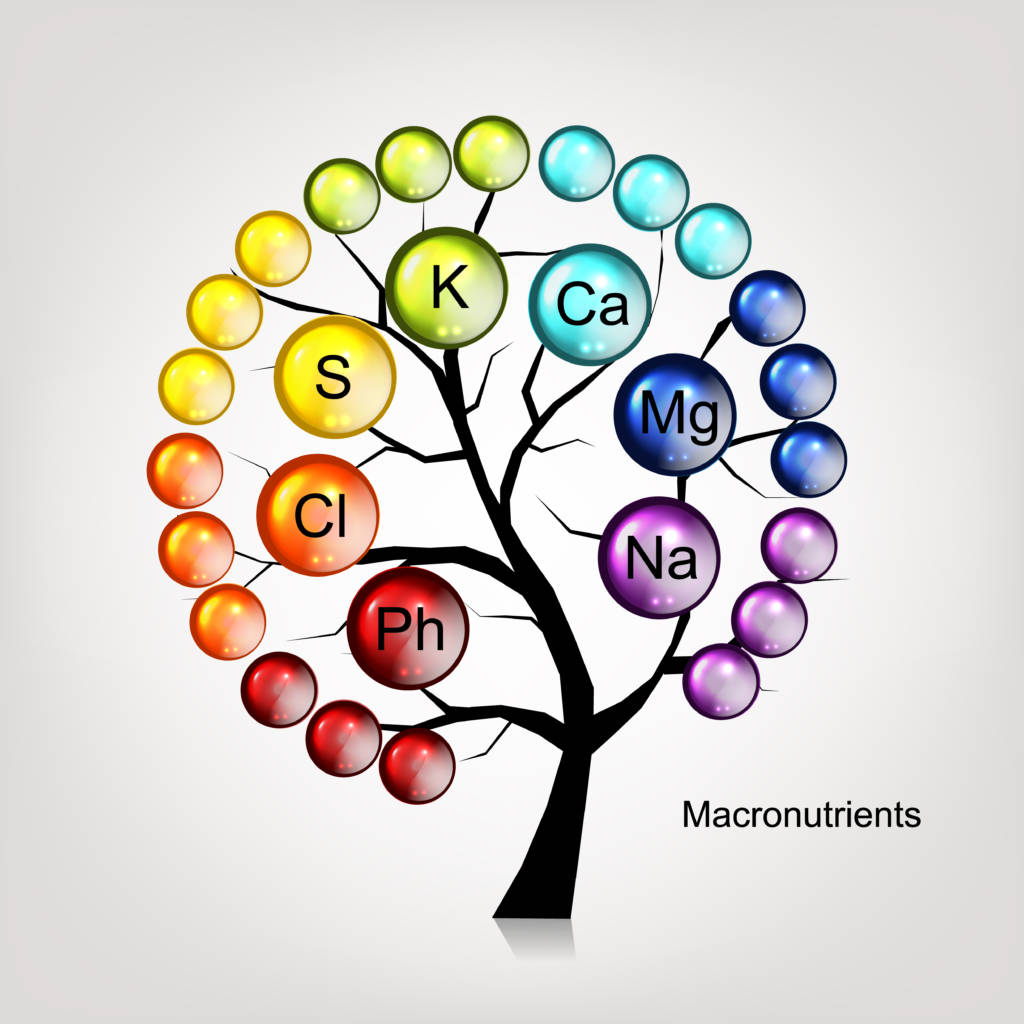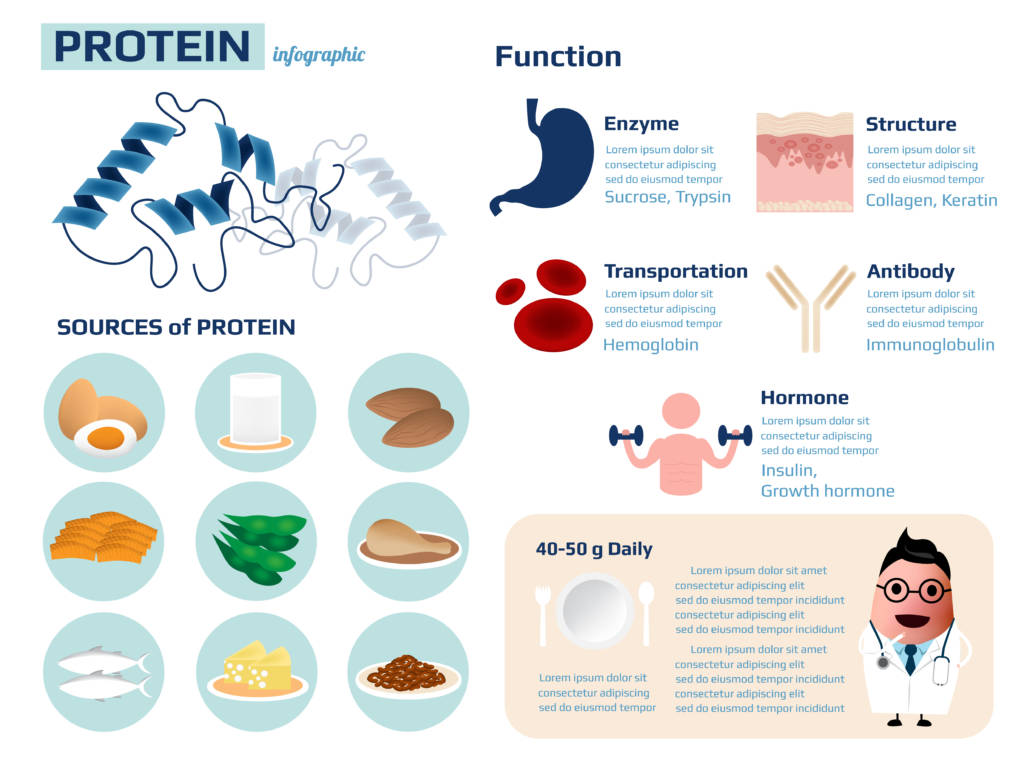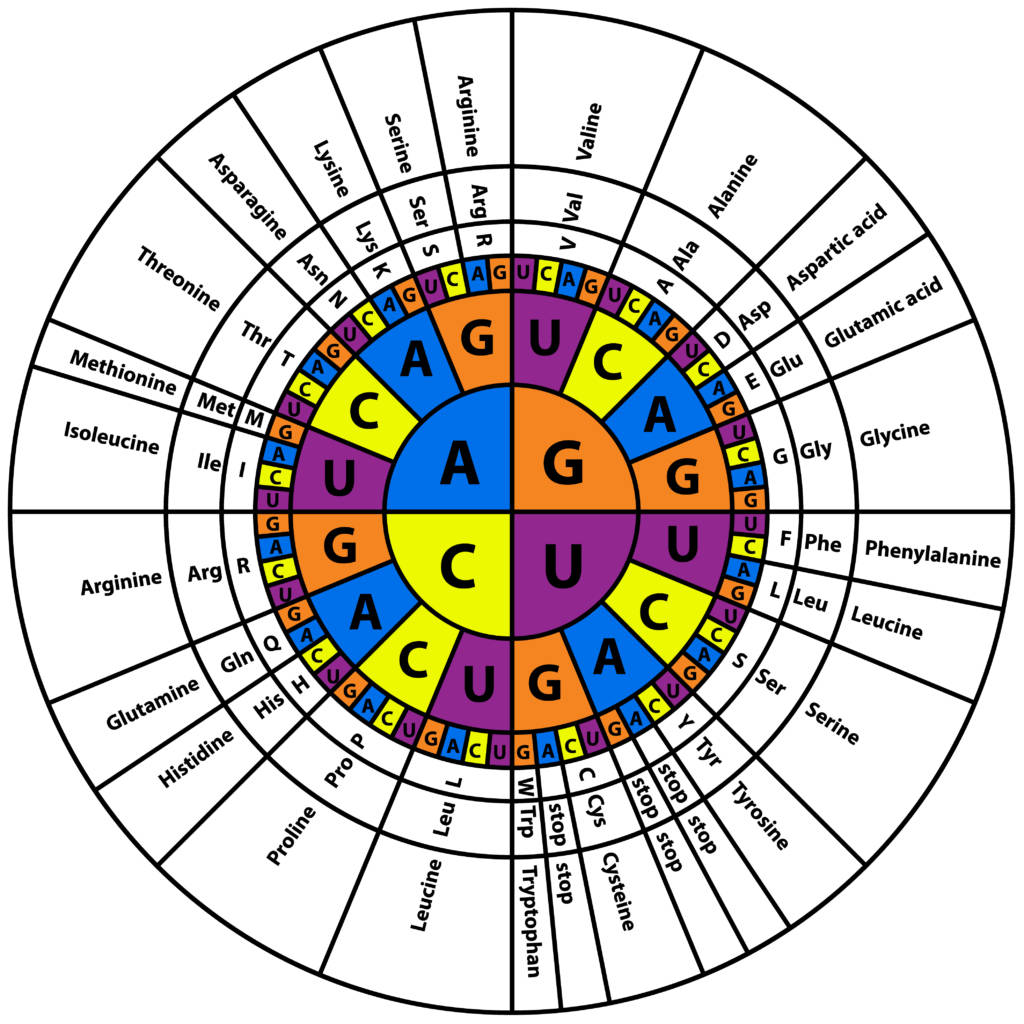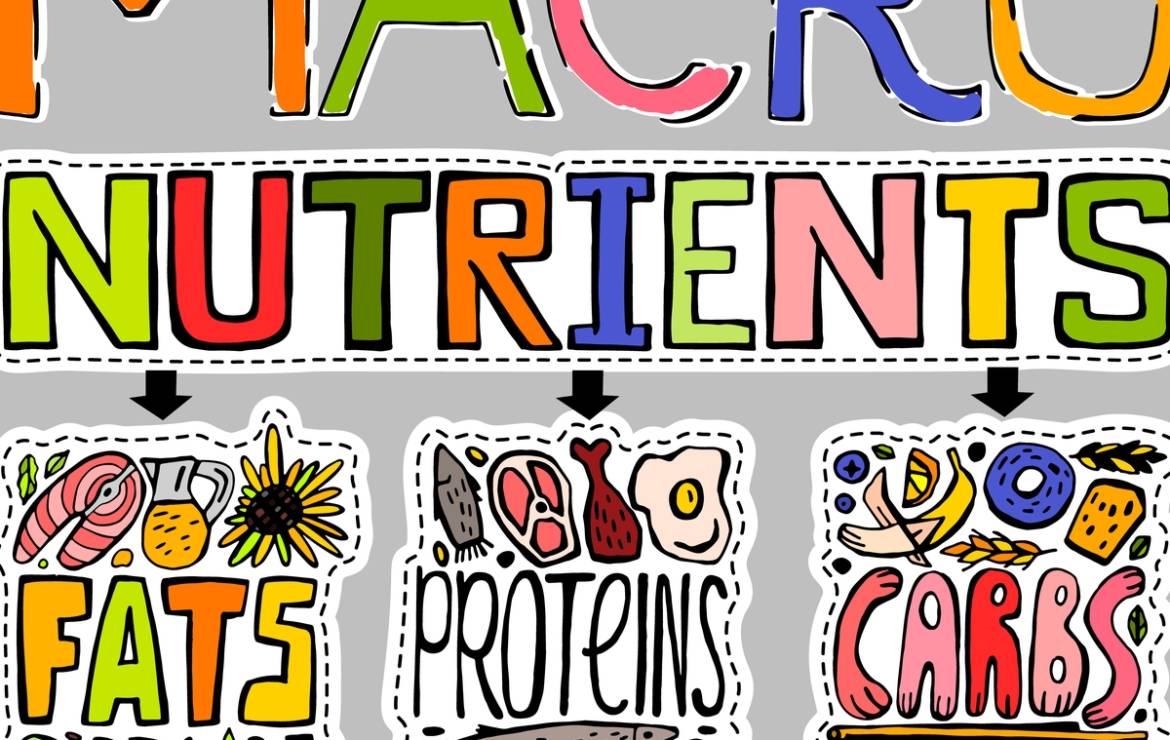Thank you for listening to my first in a series of basic nutrition mini talks. Todays focus was protein. If anyone has any questions, please message me.
Macronutrients are the nutrients we need in larger quantities that provide us with energy:
- fat
- protein
- Carbohydrate
We generally get our micronutrients along with macronutrients. For example Protein-containing foods such as meat, beans, milk, fish or eggs are sources of iron, calcium and vitamin D to name a few.
Carbohydrate-containing foods such as fruit and vegetables provide a wide range of vitamins, minerals and fibre. While starchy carbohydrates such as brown rice, wholegrain bread and cereals provide fibre, B vitamins and magnesium.
Finally, fats provide us with vitamins A, D, E and K as well as the ever important Omega fats.

So, what makes protein so important? Proteins are fundamental structural and functional elements within every cell of the body and are involved in a wide range of metabolic interactions.
Protein is essential for growth (structure) and repair and the maintenance of good health.
Immunoglobulins an important part of our immune response, are basically proteins that function as antibodies.
Whilst haemoglobin is a red protein responsible for transporting oxygen in the blood throughout the body.
Enzymes such as Sucrase, the protein that facilitates the hydrolysis of sucrose, important for energy.

Proteins are large molecules made up of long chains of amino acids. There are about 20 different amino acids commonly found in plant and animal proteins. For adults, 8 of these, have to be provided in the diet and are therefore defined as ‘essential’ or ‘indispensable’ amino acids. These are: Leucine, Isoleucine, Valine, Threonine, Methionine, Phenylalanine, Tryptophan, Lysine. The body can make some amino acids itself. These are known as ‘non-essential’ or ‘dispensable’ amino acids.

How much Protein Should You Eat?
- The Reference Nutrient Intake (RNI) is set at 0.75g of protein per kilogram bodyweight per day in adults.
- This equates to approximately 56g/day and 45g/day for men and women aged 19-50 years respectively.
- There is an extra requirement for growth in infants and children and for pregnant and breast-feeding women.
- Any excess protein can be used to provide energy. 1g of protein provides 17kJ (4 kcal) but carbohydrate, and to a lesser extent fat, should be the main sources of dietary energy.
At present, protein provides around 16% of energy on average in the British diet
Foods vary in the amount of protein they provide but the main sources include meat, fish, eggs, milk, cheese, cereals and cereal products (e.g. bread), nuts and pulses (beans and lentils).
The Nature of Protein in the Diet
The quality of the protein is also important and depends on the amino acids that are present. Proteins from animal sources have a higher biological value than proteins from plant sources. This is because the pattern of amino acids in animal cells is comparable to the pattern in human cells.
However, a combination of plant proteins tends to have a complementary effect boosting their overall biological value. In most diets, different proteins tend to complement each other in their amino acid pattern, so when two foods providing vegetable protein are eaten at a meal, such as a cereal (e.g. bread) and pulses (e.g. baked beans), the amino acids of one protein may compensate for the limitations of the other, resulting in a combination of higher biological value. The higher the biological value the better the protein is absorbed into the body.
This means if vegetarians and vegans eat a variety of vegetable proteins in combination, there is no reason why the quality of protein cannot be as good as in a diet comprising meat, milk, fish, eggs or other foods that contain animal protein. Good sources of plant protein include nuts, seeds, pulses, quinoa, avocado and organic soya products. There are also small amounts in grains.
How much should we eat daily?
Adults and children should consume two to three servings of protein every day. If plant sources dominate, it is important to make sure that different types are consumed.
One typical portion size equates to:
- 100g of lean boneless meat (red and poultry)
- 140g of fish
- 2 medium eggs
- tablespoons of seeds or nuts.
Thank you for reading
Fiona Waring
Dip Nut, BSc.(Hons), MSc PHN, ANutr
Nutritional Therapist
M: +44 07957 267 964
eatyourgreens@fionawaring.com
‘Registered with the Association for Nutrition – www.associationfornutrition.org
Protecting the public and promoting high standards in evidence-based science and professional practice of nutrition.’
